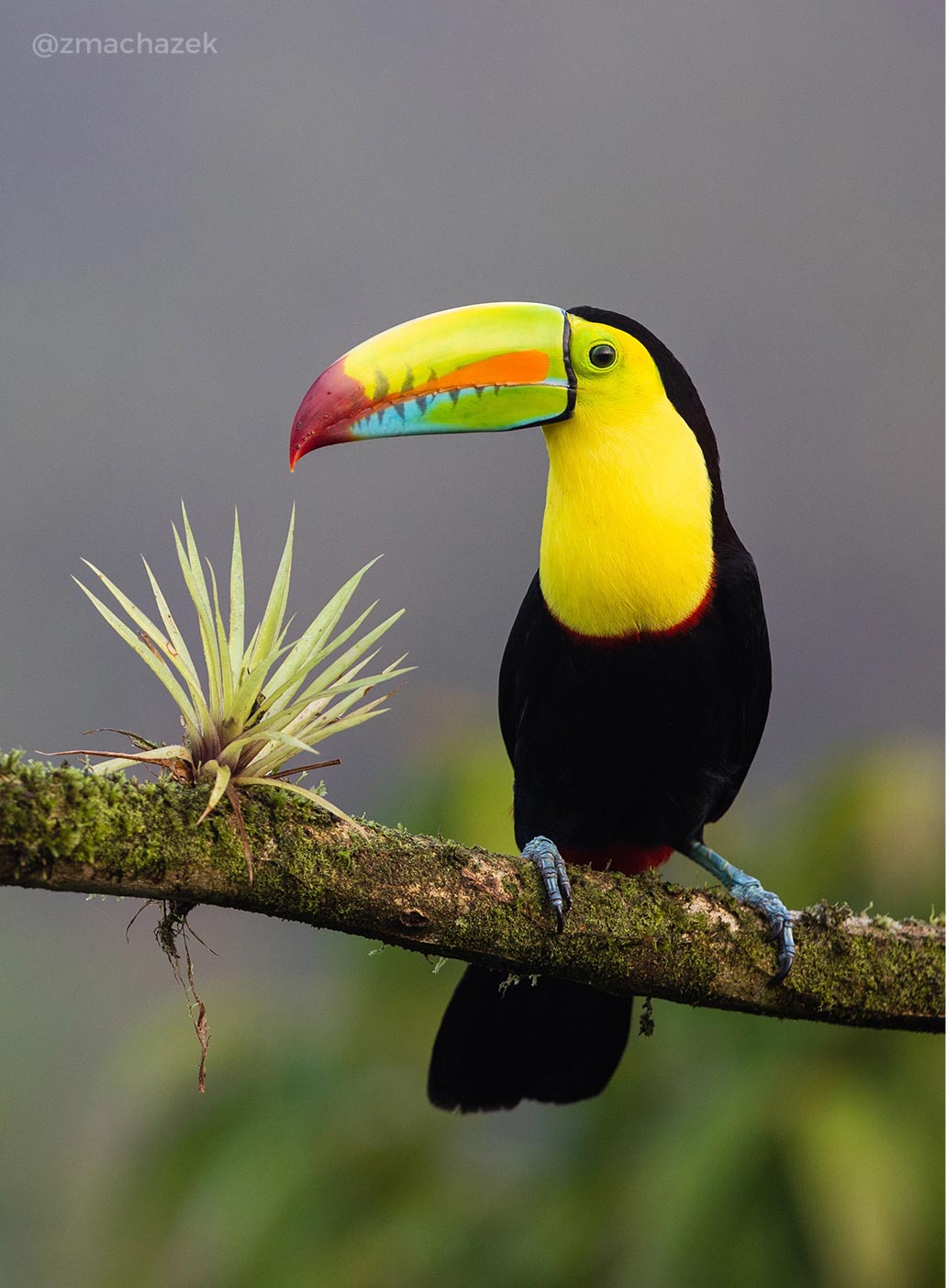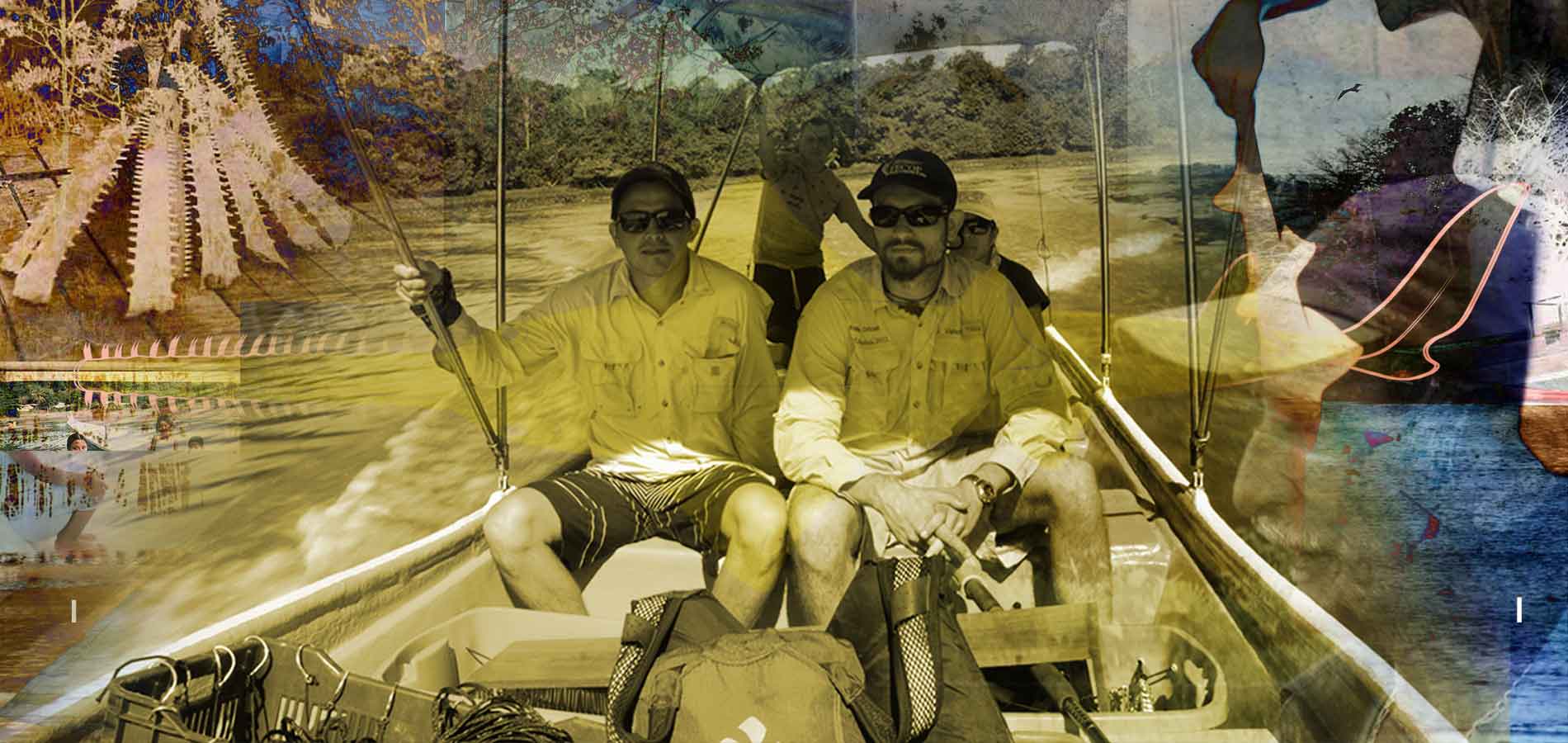
“En Busca del Pez Sierra”. Ending a myth, reviving a fish.
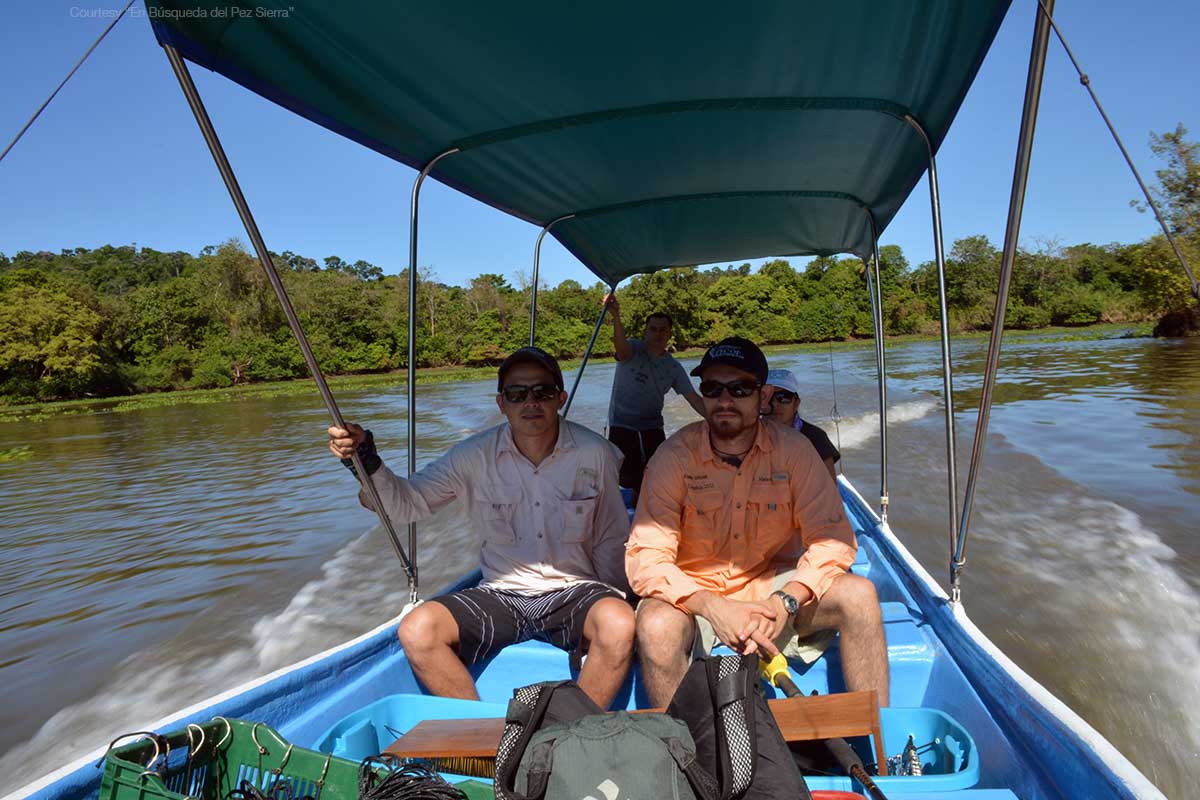
During the months he was at the Everglades, Mario marveled at that vibrant ecosystem. In those expeditions, he knew the fishing arts of nets, fishing rods, and hooks. He also learned about the long sessions of searching, which in this case, were seemed always sterile. It is worth saying that of the existing Sawfish species, which in total are five, all are critically endangered, according to IUCN. In four months of their stay in Florida, they could not collected any. It was the year 2003, and at that time, Mario was a young biology student. One whose curiosity about sharks and rays had led him to seek and finally get an internship with a world eminence in their study; the Australian Colin Simpfendonfer. However, at that time, Colin was leading a conservation project for the Sawfish. Mario dedicated himself to collaborate in the investigation of a fish he knew very little. However, from this experience, the Pristiformes family would begin to occupy more and more space in his life.
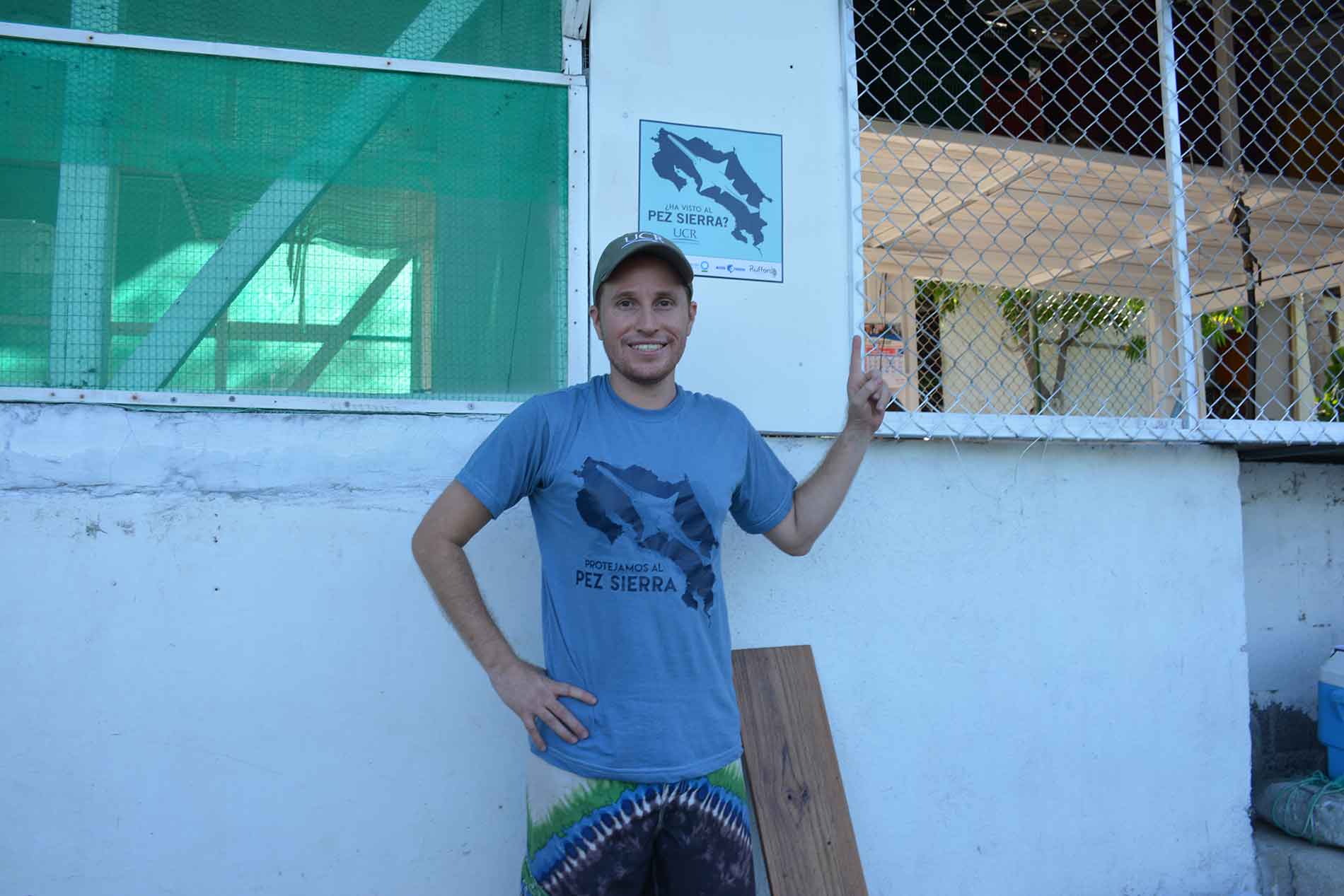
Mario Espinoza is the coordinator of the “In Search of the Sawfish. He is also Professor of Biology at the UCR and works at CIMAR.
After three years, Mario finally got direct contact with one of these fishes. With only one week left to finish his second four-month experience, he and the team managed to catch one of them. To their surprise, it was previously “marked” by another group of researchers. Thanks to the device, its behavior on the reef could be monitored for a whole day.
After these fascinating experiences, Mario began to hover around a question that caused him curiosity, but at the same time generated uncertainty; What could happen in Costa Rica with the family of fishes? Considering that in the country, the laws to sustain resources and their compliance are weak. Costa Rica, it is overfished. The fishing sizes are not respected. Also, the mangrove, which is the most important in the fish’s life cycle, has been very deprecated. But before he could answer that question, it would be a few years, between a master’s degree in California and then a doctorate with Colin himself, in his native Australia.
After these fascinating experiences, Mario began to hover around a question that caused him curiosity, but at the same time generated uncertainty; What could happen in Costa Rica with the family of fishes?
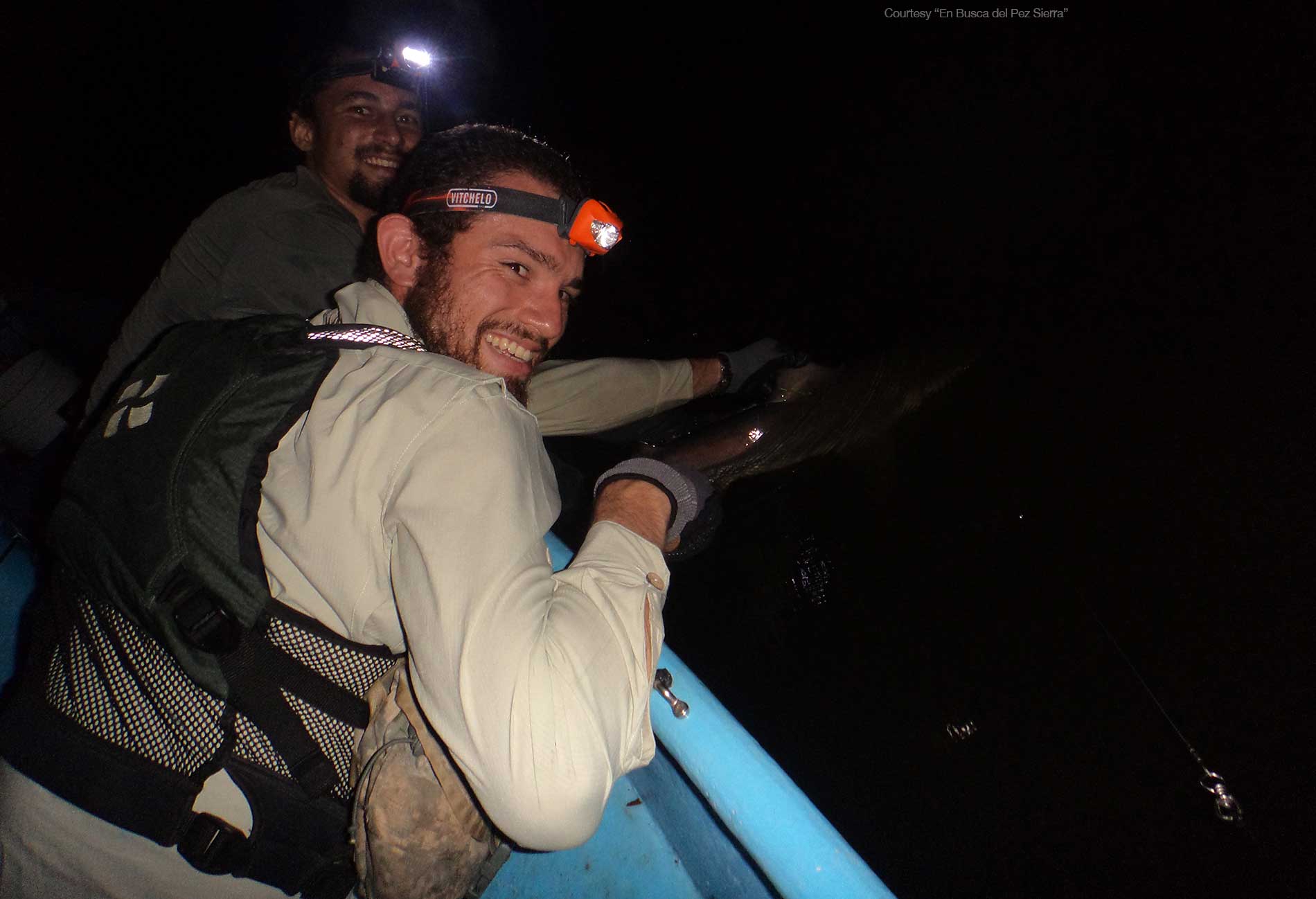
Since its inception, Jorge Valerio has been a central part of the project.
In 2015, already back in Costa Rica, Mario had the opportunity to teach a course about the experiences and knowledge acquired. After the closing of the course, a group of students approached him to chat for a good while. Among them was Jorge Valerio, who, besides being very motivated by the subject, during the conversation, showed a vast knowledge of the coastal edge of Costa Rica. This due to his love of sport fishing. Together they would start a multi-year search.
The first task they would do would be the collect of fishermen’s memories from surrounding areas about places of which there was a record. A big surprise was to find a very positive attitude towards the project. Gradually they were “digging up” stories, images, and even bone pieces of the animal, which often become “ornaments” or fishing trophies. With all the gathered information, they managed to start building a map with the historical distribution of the species, and in this way, identify the places of recent findings and thus focus the priority protection efforts.
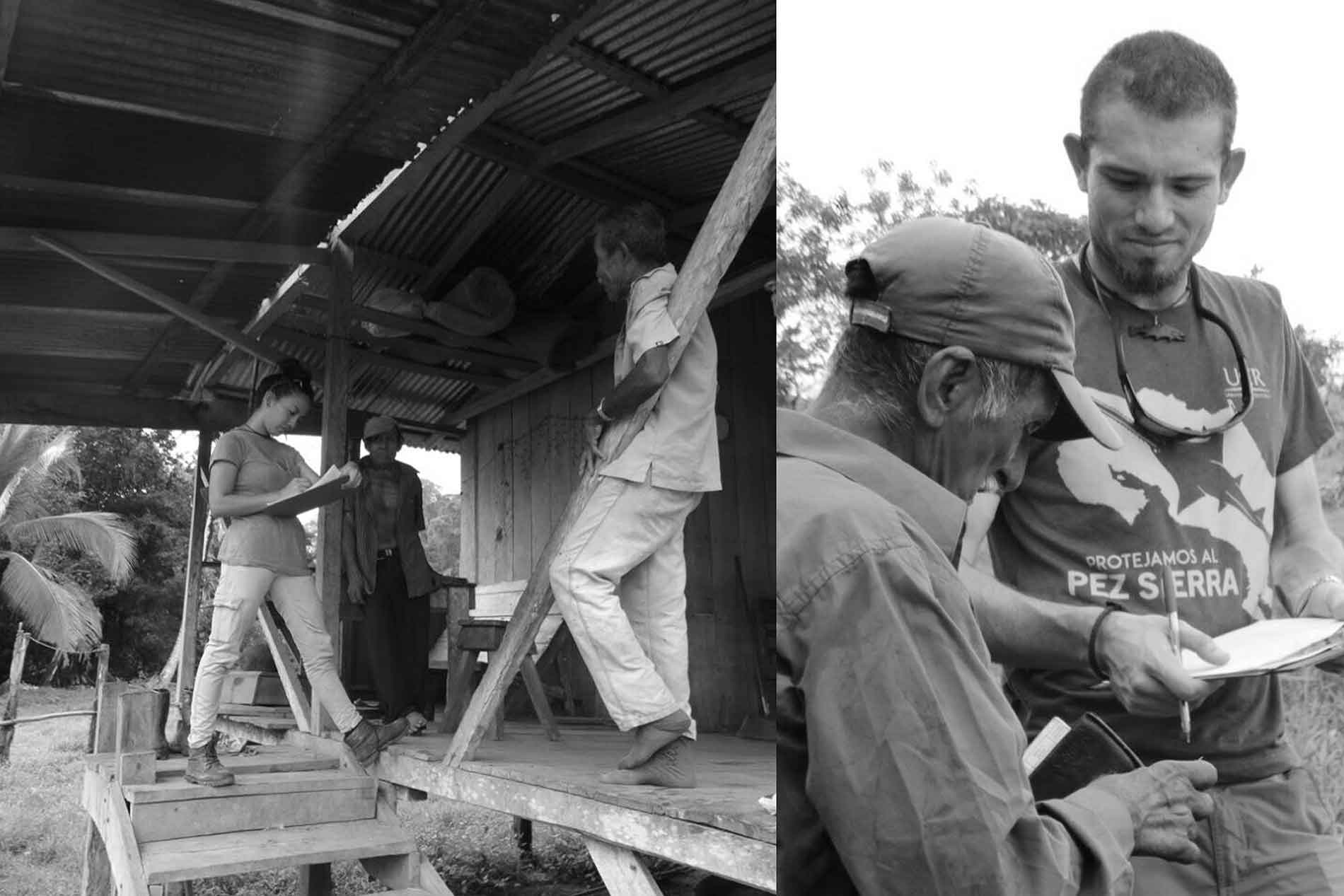
One of the pleasant surprises has been the participation of the community towards delivering information that helps document the existence of this species.
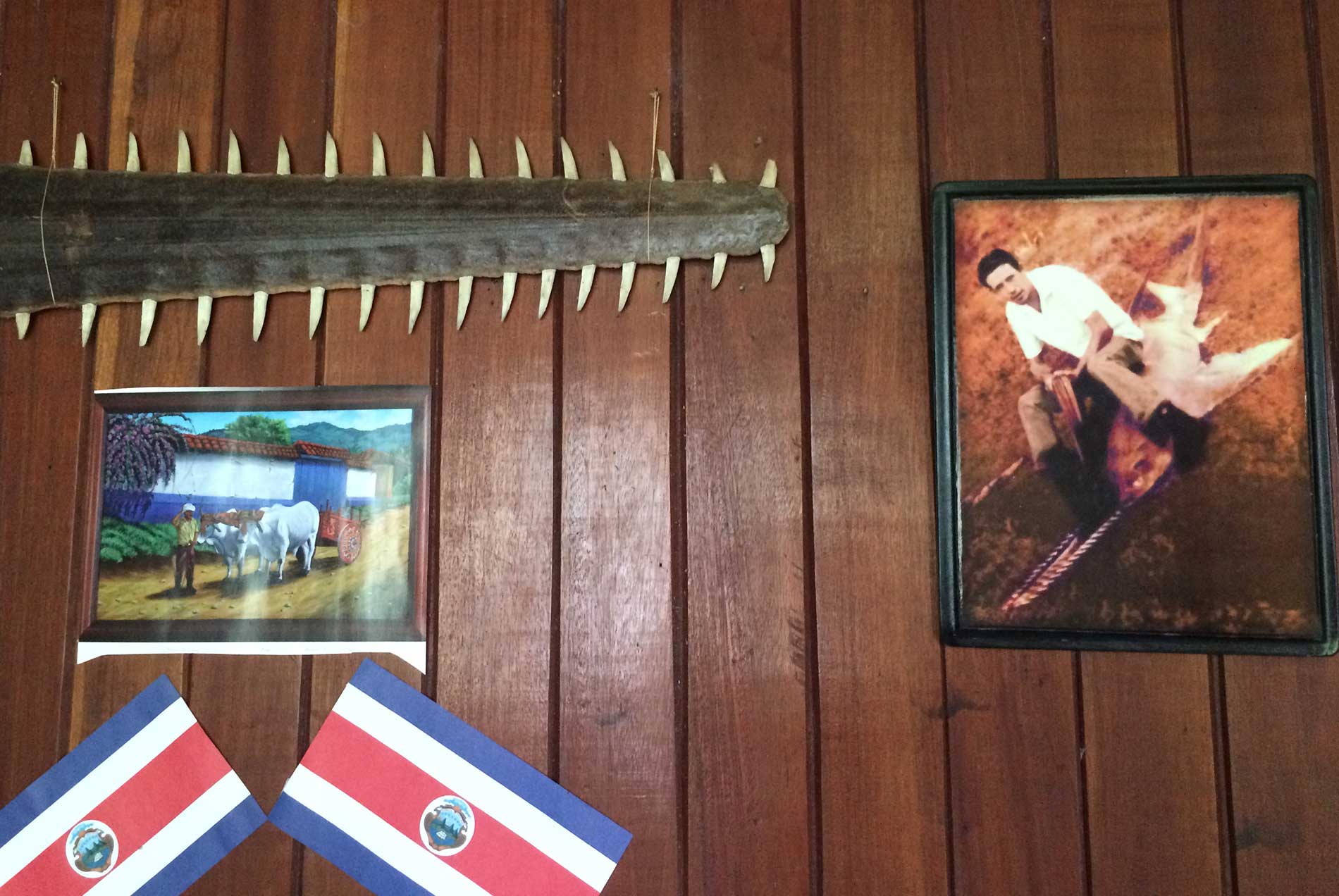
In some homes the snout of the Sierra Fish is still part of the decoration and a fishing trophy.
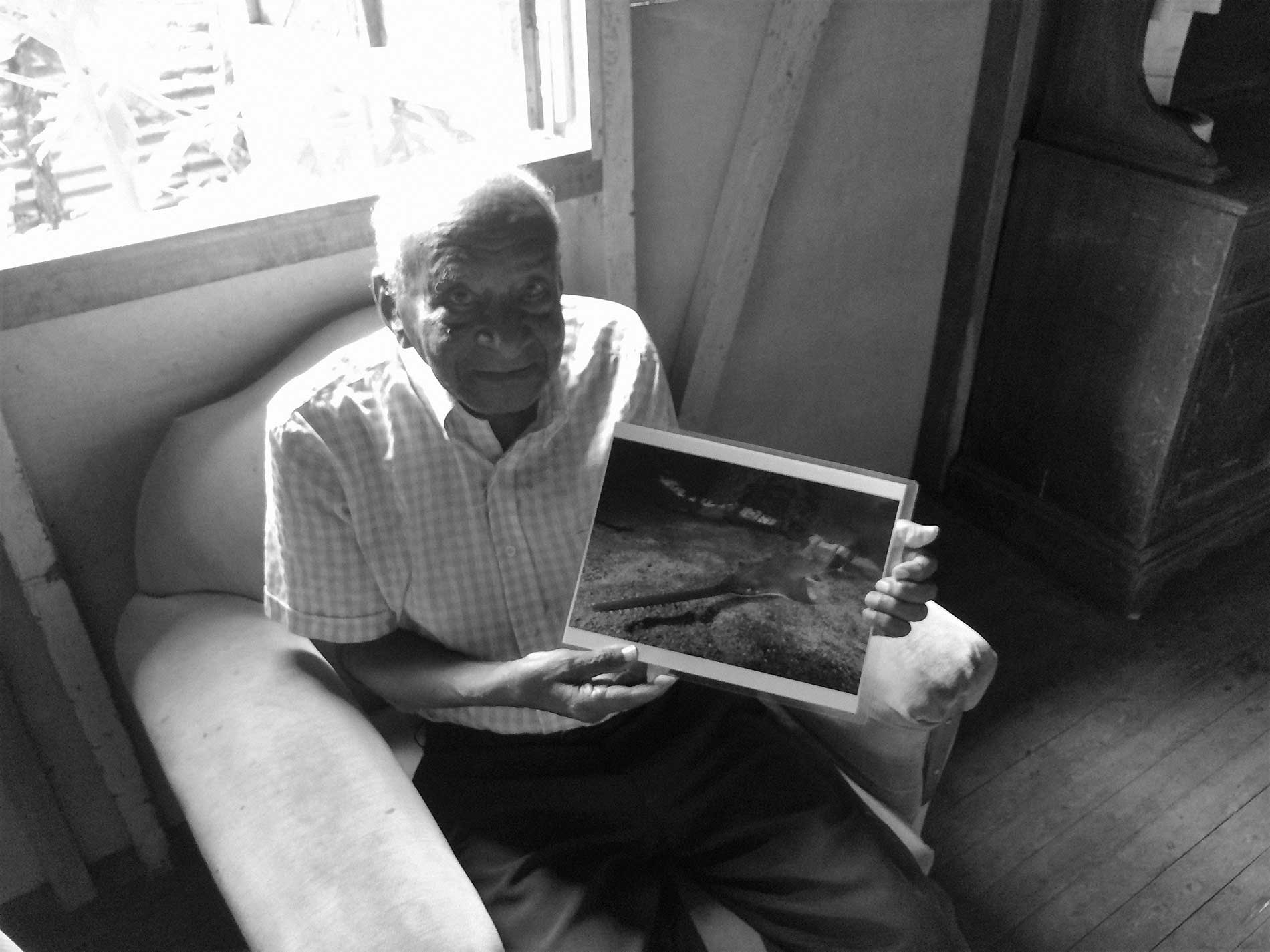
There are stories that speak of the abundance of this species in the past.
The conclusion of this first stage was clear; there were clear indications of the fish’s presence. The large rivers that flow into the northern area of the Atlantic zone, as well as the Corcovado area in the Pacific, showed recent findings. However, the most recurrent came from the area of the mouths of the Térraba and Sierpe rivers. In these areas, the search would give way to a new stage; that of the expeditions.
In 2017 before starting the expeditions. It was when Mario received an unexpected phone call. It came from Sierpe. A person who had learned through social networks about the existence of the project. He claimed to have taken a Sawfish during the night, that he had it in his hands, and that he had then re-released it. It was Esteban Jiménez, a fisherman from the area, and who recounted the details that faithfully described the capture of a young specimen. Esteban would become the captain of all expeditions made so far in the area and some community ambassador for the project. It is worth saying that Esteban is a great connoisseur of that area, a wetland of high complexity when navigating it through the intricacy of its channels.
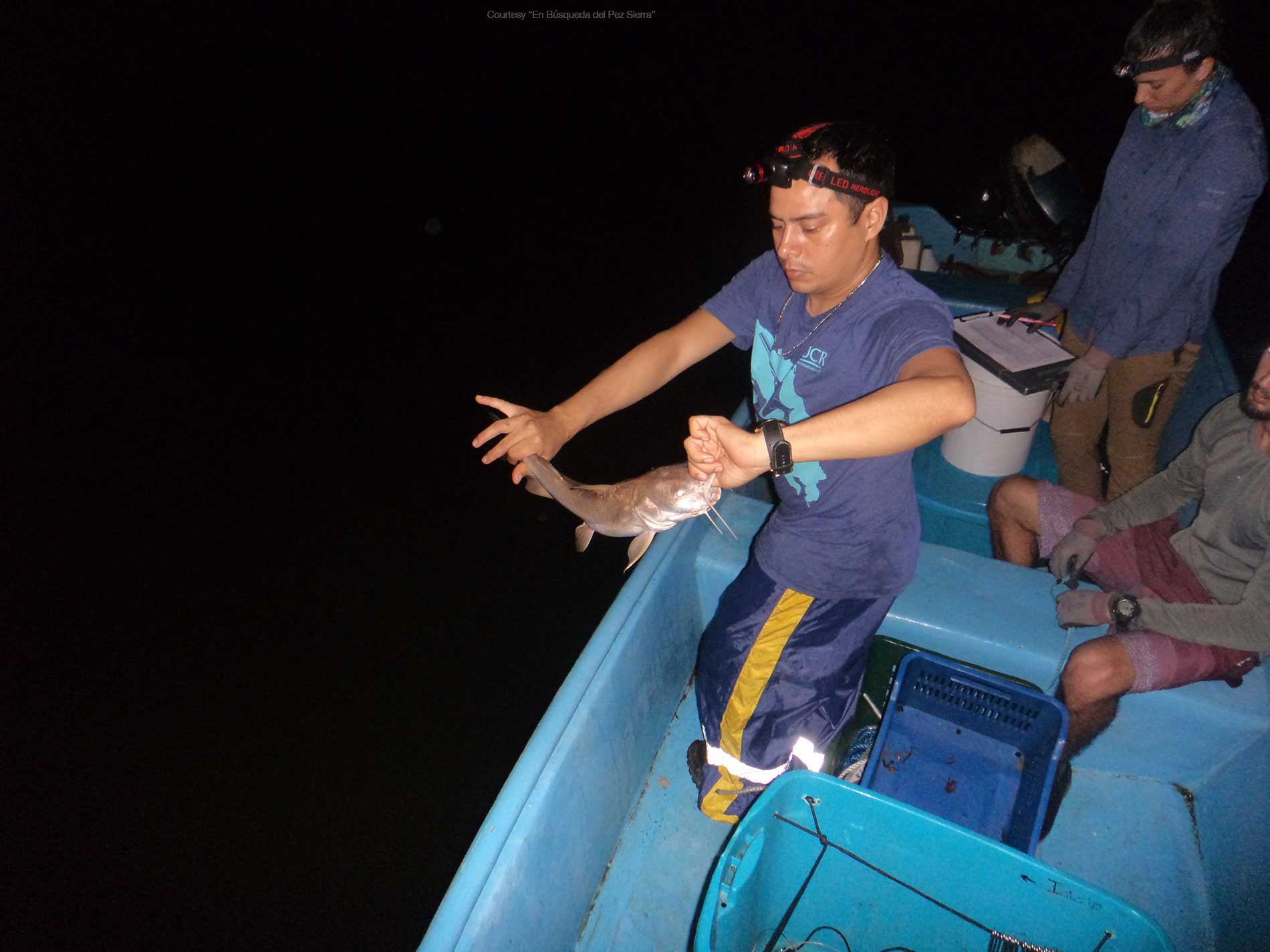
Esteban Jiménez, local fisherman of Sierpe, became the official captain for all expeditions in the area.
After a year and a half of searching, the team has not yet been lucky enough to take a specimen. However, far from lowering their arms, the proven existence by recent fishermen’s findings has motivated them to take an additional step. Now they are adding the use of state-of-the-art technology to detect traces of DNA in the water. Those results should allow the identification of areas where the fish is present and monitor those areas.
In 2017, one of the important axes was incorporated in this project; the social aspect. This through education and environmental awareness in communities. A schools program in the Sierpe area, and in the north zone of San Carlos was formalized thanks to a contribution of the University of Costa Rica. Laura García is one of the collaborators, together with the educator Jorge Salmerón, they designed education workshops.
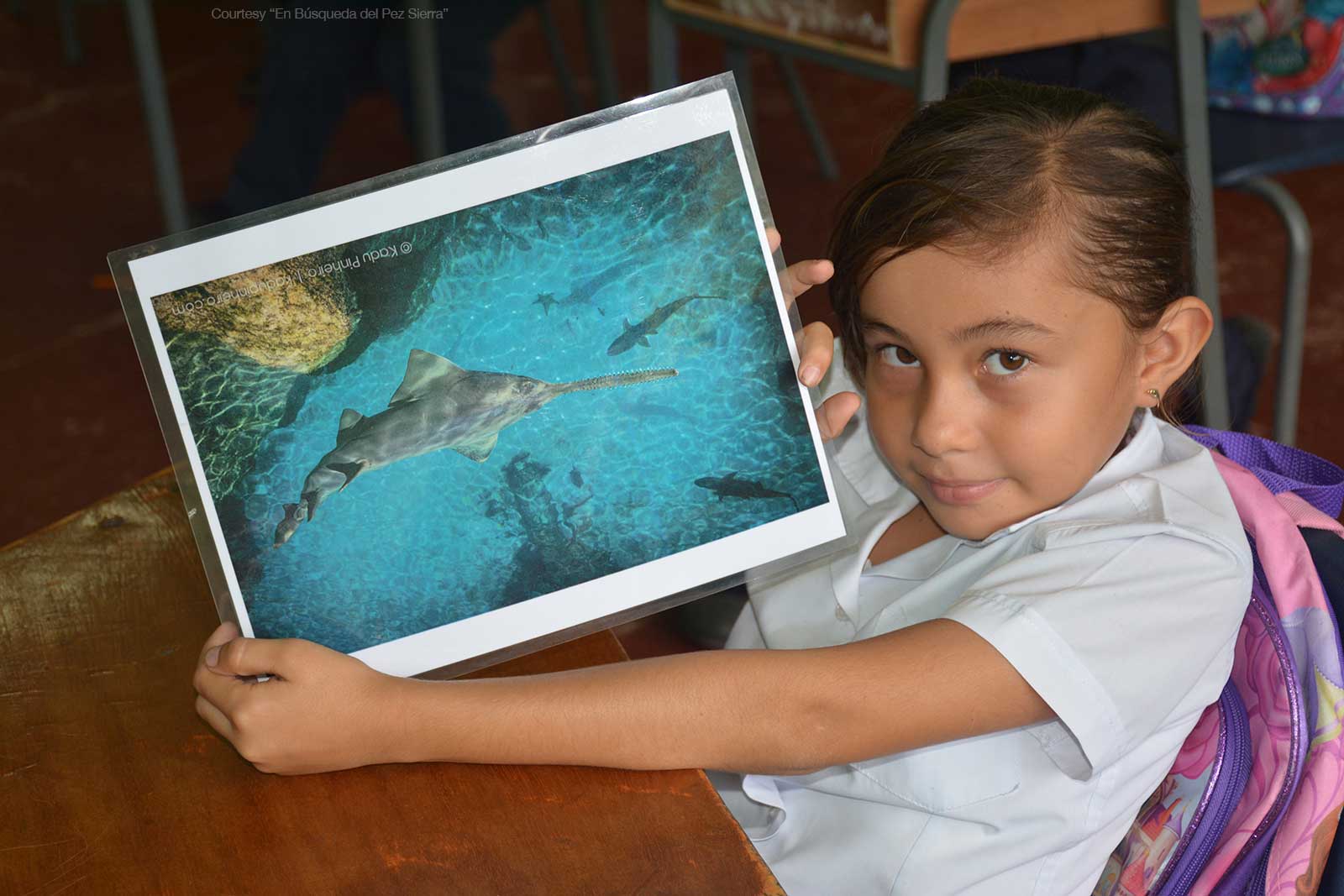
The educational workshops in the surrounding areas play a unique role in the success of such a project.
After four years, if it was a project that began with very little, it changed into one that already has several “small big” victories. Sawfishes gave visibility to the species they did not have in the eyes of the community. Along these lines, perhaps one of the most relevant results is having collaborated with the new regulation to protect Sawfish. Today it is in Congress as a bill. As Mario Espinoza says, “We cannot protect what we do not know, much less help what we do not know is in trouble.”
Clearly for this project the results there are to be seen!
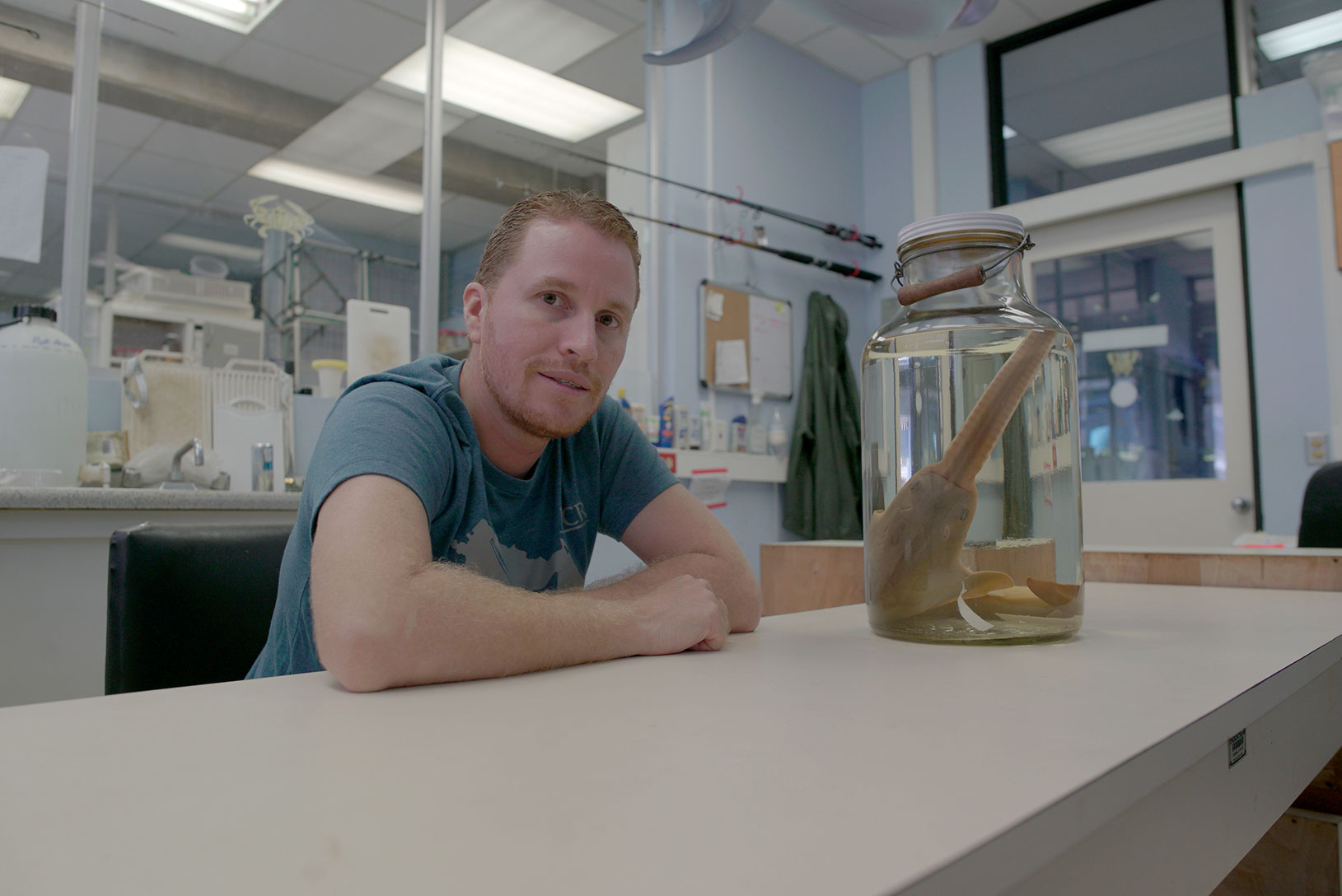
Some relevant facts data of the Sawfish
As Mario Espinoza explains, there are five species of Sierra Fish (order Pristiformes). They are more related to rays than to sharks. They can reach more than six meters, being its saw-shaped snout, its most recognized feature. This snout has multiple functions, is very sensitive to movements and electrical stimuli, which allows them to track very accurately the places they frequent. In addition to being vital in finding food, it will enable you to hit your prey and then devour it. It is also useful to defend against other predators, such as sharks or dolphins. Its main threats in Costa Rica are net fishing, the destruction of its habitat, climate change, and also the traffic of its teeth.
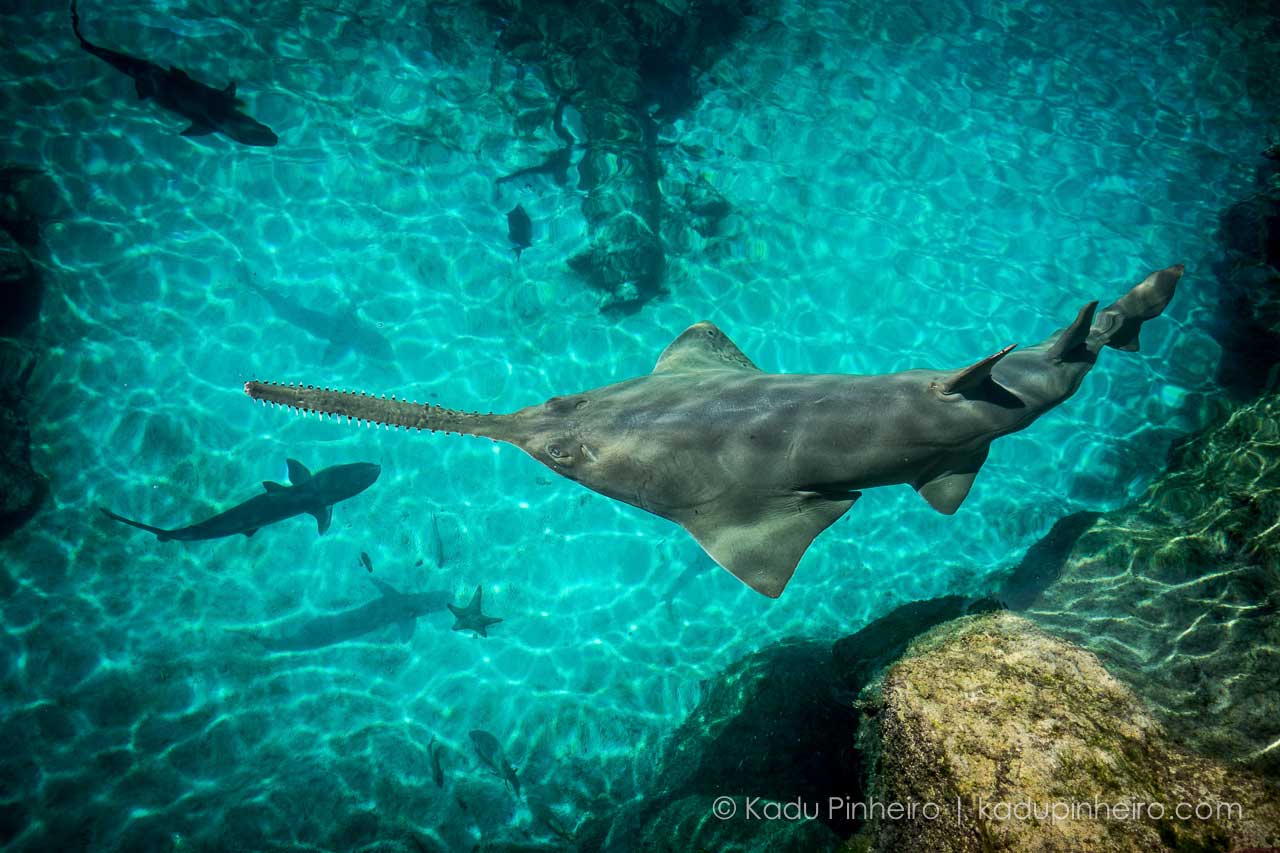
Pristis pristis.
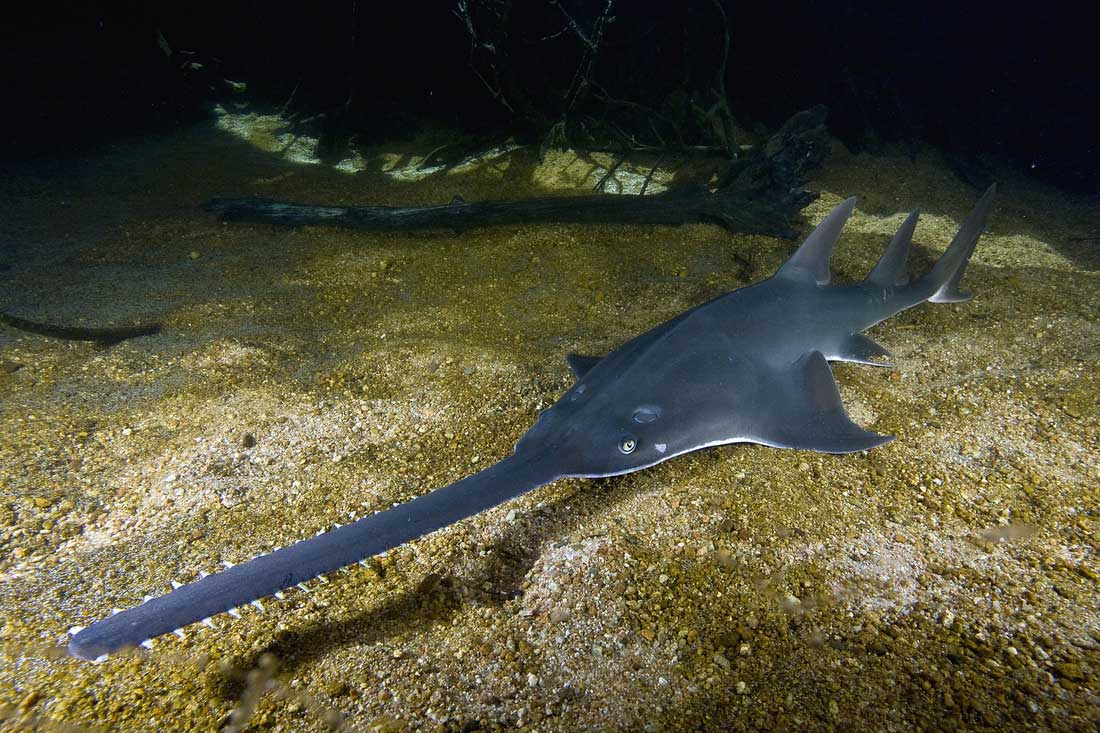
Pristis pectinata
Follow the project “In search of the Sawfish”/ Proyecto “En Busca del Pez Sierra” on instagram and facebook
Would you like to get more Pura Inspiration?
Thanks For Subscribing
Pura Vida!
